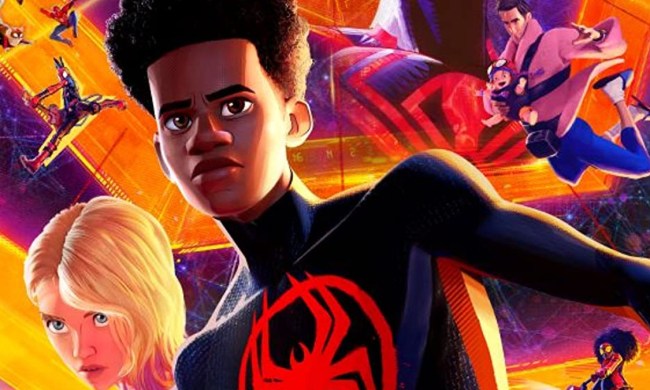
During the middle of the 20th Century, Hammer Films made a name for itself with a long list of horror movies that pushed the boundaries of the genre and perfected a formula for giving audiences nightmares on a regular basis. After closing up shop in the 1980s for various reasons, the British studio returned to the spotlight last year with Let Me In, a remake of the Swedish film Let The Right One In. This weekend Hammer returns with its new gothic horror tale The Woman In Black, featuring Harry Potter franchise star Daniel Radcliffe.
Based on the 1983 novel by Susan Hill, The Women In Black heads to the screen looking to prove two things: First, that Hammer Films still has what it takes to frighten a crowd of cinephiles; and second, that the former child actor can hold his own in a film geared toward older audiences.
And though the final product isn’t a resounding success on both fronts, both the studio and its young star make a strong case for their respective futures on the big screen, and manage to generate a few good screams along the way.

Despite the scary events that occur around the town of Crythin Gifford, The Woman in Black is a haunted house story at heart, with the sprawling Eel Marsh House playing host to all sorts of frightening events. The massive estate lives up to its creepy name, with the cycle of local tides and fog periodically restricting travel to and from the house and making for a great sense of isolation and confinement that adds to the suspense.
The Woman In Black occasionally feels like its creators went through a checklist of necessary elements in a good haunted house story and added them each liberally, with classic horror standbys like bizarre antique toys that glare from every shelf and ghostly rocking chairs that begin moving without any occupants. It’s almost unnecessary, really, as the multitude of dark corners, shadowy alcoves, and creaky floorboards that fill the mansion do well enough on their own to set the mood.
All things considered, the Eel Marsh House provides as much terror as the title character during the film – though the veiled Woman in Black manages to pack a lot of scare into her brief appearances.

As Kipps, Radcliffe delivers a safe (though not especially memorable) performance, moving through each stage of the mystery at the proper pace and reacting to both natural and supernatural elements with the sort of skill that one develops from doing eight effects-heavy projects like the Harry Potter films in a ten-year span. If there’s a complaint to be made about Radcliffe’s part in The Woman In Black, it’s that Kipps is almost too comfortable with the events transpiring around him, and rarely seems to register the sort of shock and abject terror that you’d expect under the circumstances.
As for the title character – the veiled spirit claiming the town’s children one by one – it’s a bit of a surprise to see a Hammer Films project taking such a subtle approach with the scary centerpiece of the movie. For a studio that made a name for itself keeping subtlety to a minimum and the body count high, The Woman In Black relies more on spooky tone and implied scares than creature effects or gore.

Conclusion
Still, with all of the elements in The Woman In Black that draw from classic horror films, it feels as if this project might have a tough time winning over the modern horror fan. Surprisingly, the film rarely tests the boundaries that Hammer Films were famous for stretching (and more often than not, crossing) and keeps the scares relatively tame and for the most part, bloodless.
While it doesn’t set any new standards for the genre, The Woman In Black manages to provide a nice, by-the-books scary story that should be a breath of fresh air for audiences tired of gore-fests and torture porn posing as horror movies. Radcliffe also offers up some nice evidence of his leading-man potential, though the jury remains undecided on the range he can bring to roles that don’t involve magic, ghosts, or other effects-driven plot elements.



